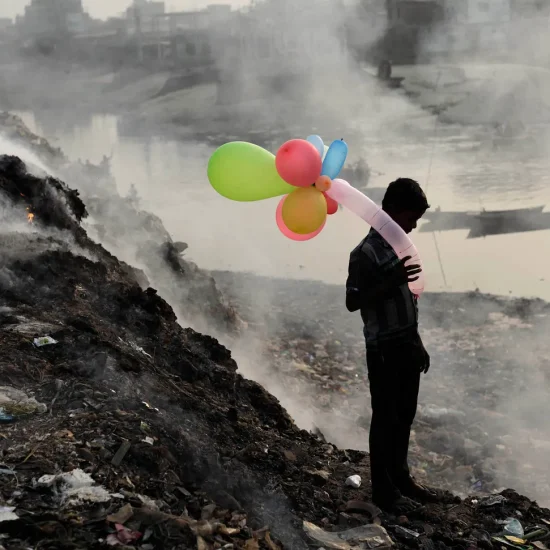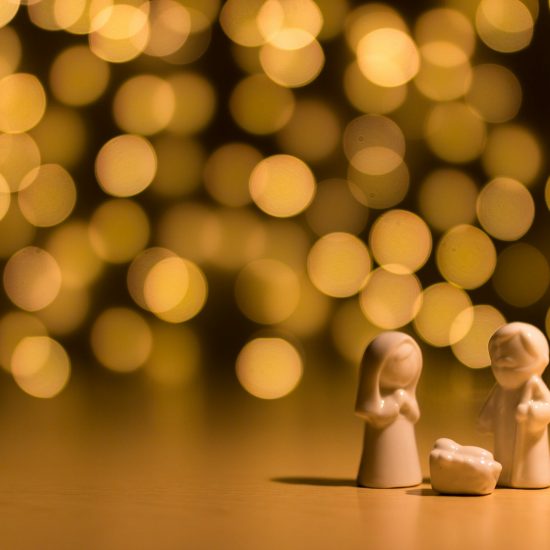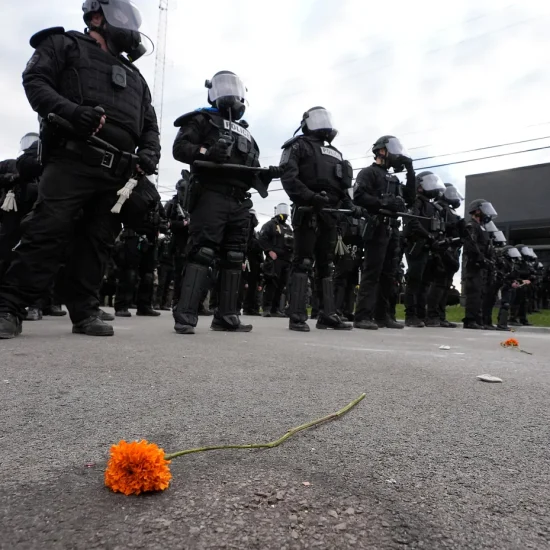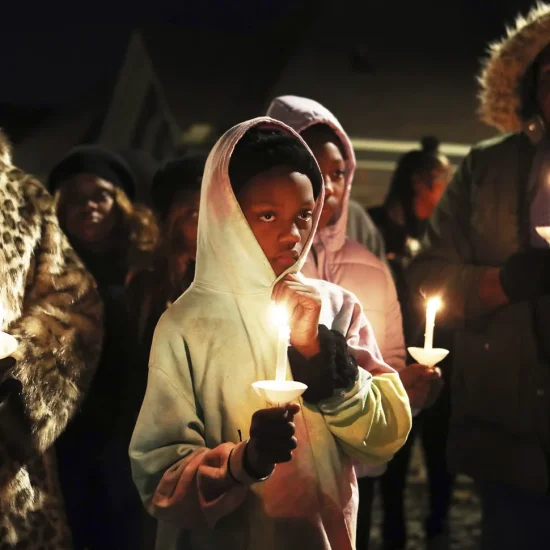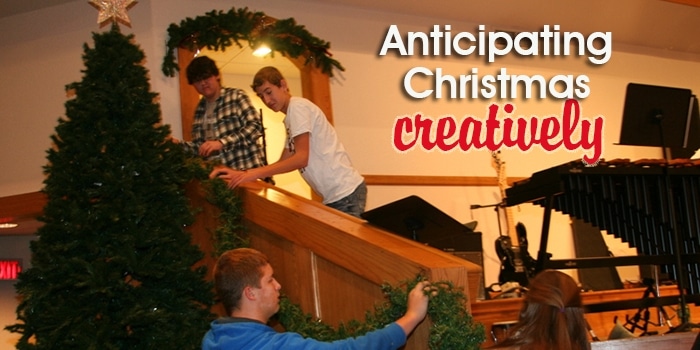
On the first Sunday of Advent, First Baptist Church of Lee’s Summit, Mo., experiences what Randy Buffington calls “controlled chaos.” As the church’s minister of worship/arts, he is responsible for that evening service commonly called “hanging of the greens.”
He explains that the service involves people in the congregation bringing in Christmas elements to decorate the sanctuary during the worship service filled with special music.
“If you’re used to a sterile service, it’s quite disconcerting at first,” Buffington said. “It’s just a lot of fun because they’re decorating their worship service.”
Key Christmas elements utilized in the service include evergreen garland, wreaths, poinsettias and a chrismon tree. Each element carries a symbolic, theological meaning to the service. This type of service can be found in churches of various denominations as a way of celebrating the start of Advent.
While some churches hold a “hanging of the greens” service where just a few people bring in representative decorative elements as a part of a more typical service, First Baptist instead centers the service around the decorating and seeks to involve everyone in the congregation. Buffington notes the service results in “movement all over the place.” He added it is “wonderfully noisy and people are still paying attention.”
“They’re listening to a hymn, they’re watching the decorating, they’re laughing at some silliness of what some child or youth is doing,” he explained. “It incorporates all of what Christmas is about.”
Each age group in the congregation is responsible for a different part. Senior adults carry in the poinsettia, adults bring in the wreaths to hang on the ends of pews, youth bring in evergreen garland to hang around the stage and children hang ornaments on the tree. Throughout the service, various groups in the church sing or play music. At the end, they turn on the lights on the tree and sing ‘Joy to the World.’
“It includes the whole family; it’s a family service,” Buffington noted. “It’s one of our best-attended services.”
Buffington is happy the service helps “add a little creativity to the worship of the birth of our Lord.”
“It brings even a more pointed spotlight [to Advent],” he added, “rather than just one or two services with Christmas cantata or youth choir. This starts it off for a whole season.”
“I love Christmastime; it’s my favorite time of the year,” he added. “I guess it spills over into my creativity in leading worship.”
During Advent, many church sanctuaries fill with poinsettias. The crimson flowers and green leaves brighten worship spaces with a glow of Christmas. Associated with Christmas celebrations in Mexico for about 400 years, the flowers spread across the globe with religious symbolism attached to various features. In some places in Latin America, the flower is known as flor de nochebuena, which means “Christmas Eve Flower.”
Dick Smith, associate pastor for spiritual formation at First Baptist Church at Savoy, Ill., noted his church decorates with poinsettias bought by members in honor or in memory of a loved one.
“At Christmastime, a lot of people have trouble with holidays because they’ve lost loved ones,” he explained. “So it helps them at Christmastime as we think of families. It helps those who’ve lost their mate or someone…to recall those memories and honor them by remembering them.”
Many churches will put the purchased poinsettias in the sanctuary throughout Advent. Then those who purchased the flowers can take them home following the Christmas Eve service.
“They provide great decoration for the sanctuary,” Smith said of the flowers. “It adds a lot of color.”
“The poinsettias add to the aesthetics of the sanctuary, the beauty of it and the Christmas warmth,” he added. “It does add to the feeling of the Christmas season, brightening up the sanctuary.”
Smith said that in recent years he has noticed “a number of families who come to our Christmas Eve services and take family pictures” in front of the poinsettias. He thinks this adds to the experience of the season and the focus on families.
He said that while the flowers themselves may not add much theologically, they bring beauty and help people cherish memories of loved ones. Smith then added that with those functions, they might just be theological after all.

